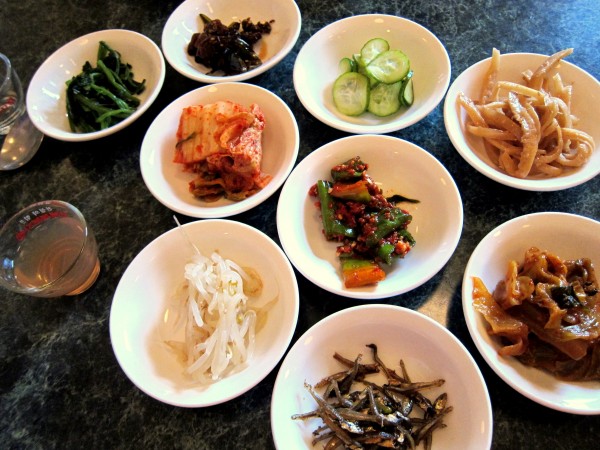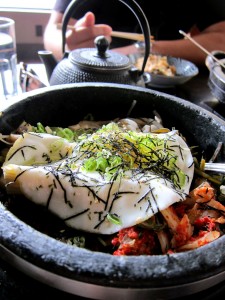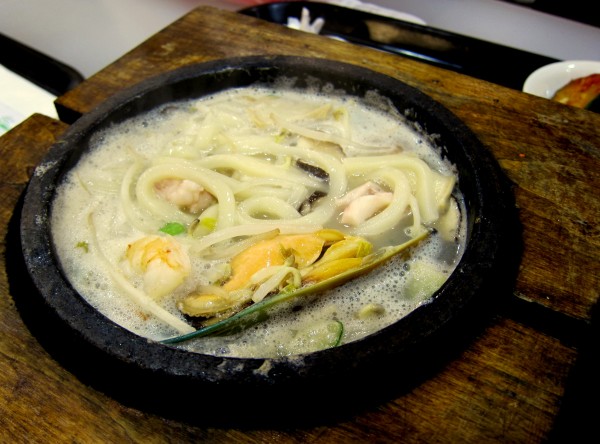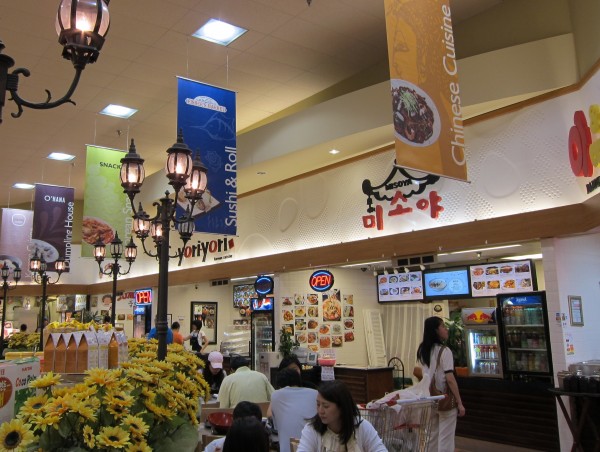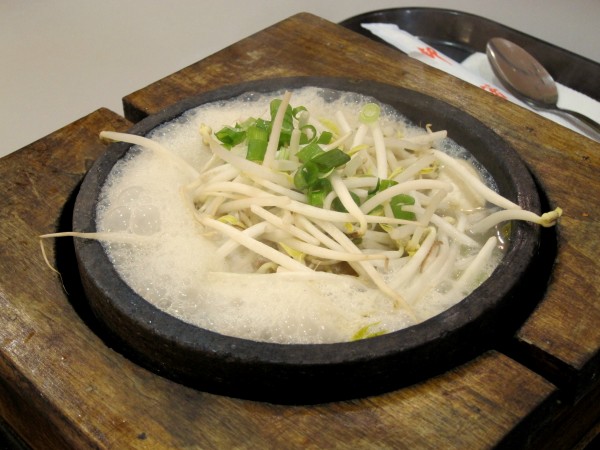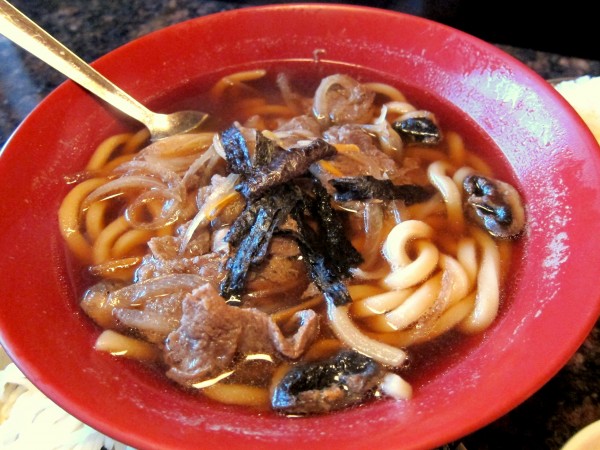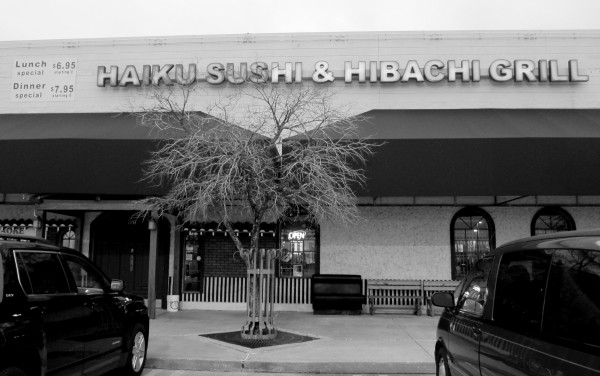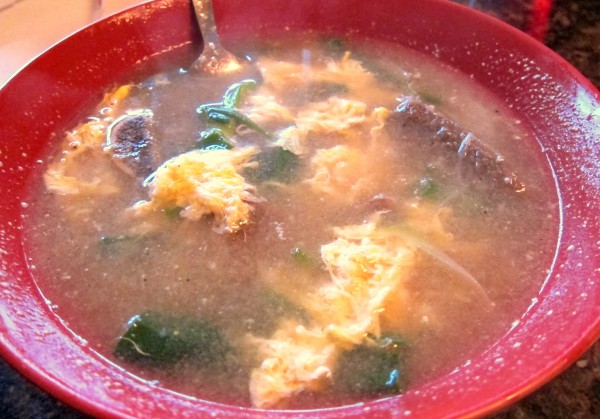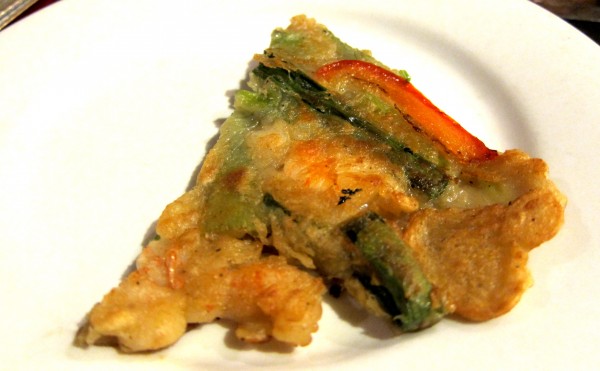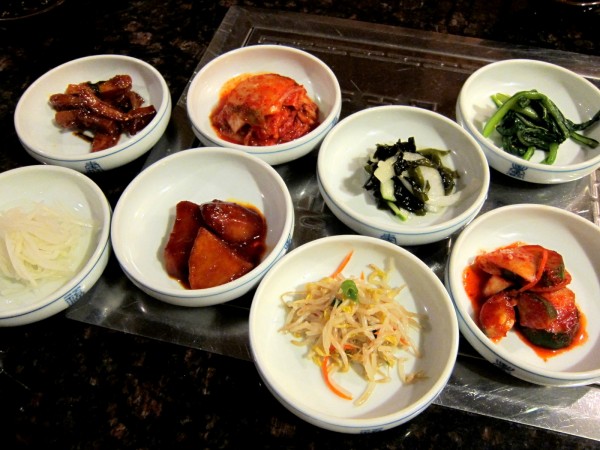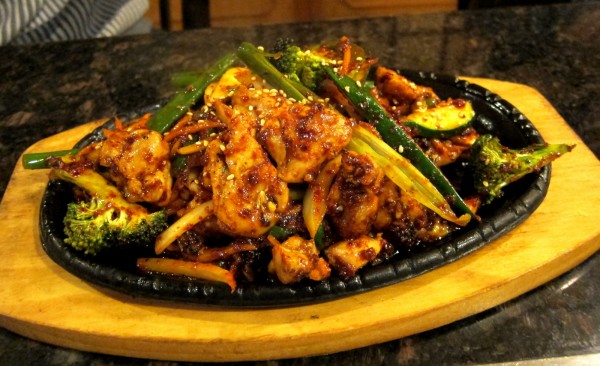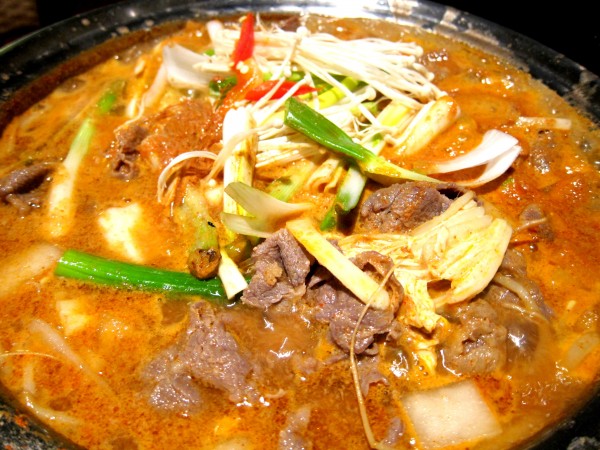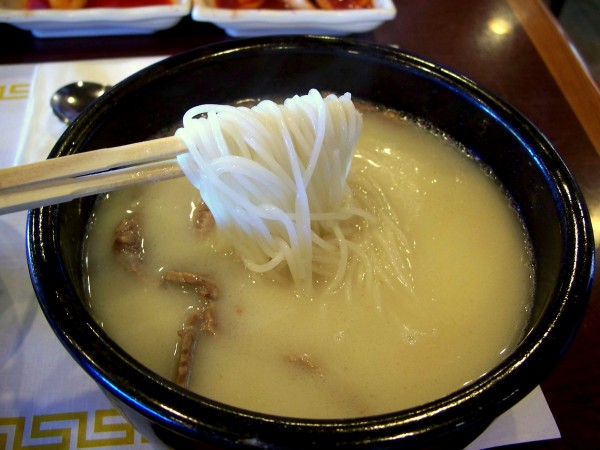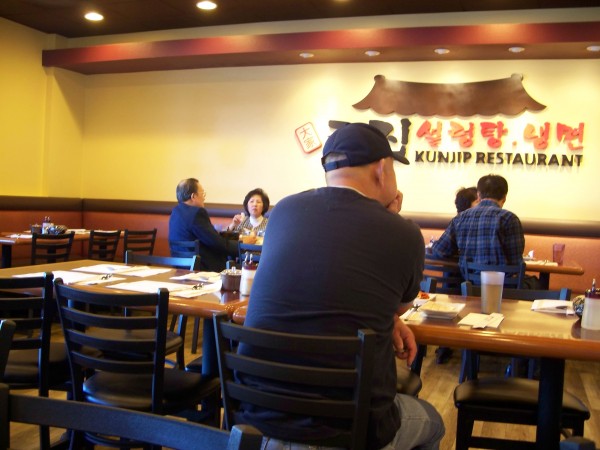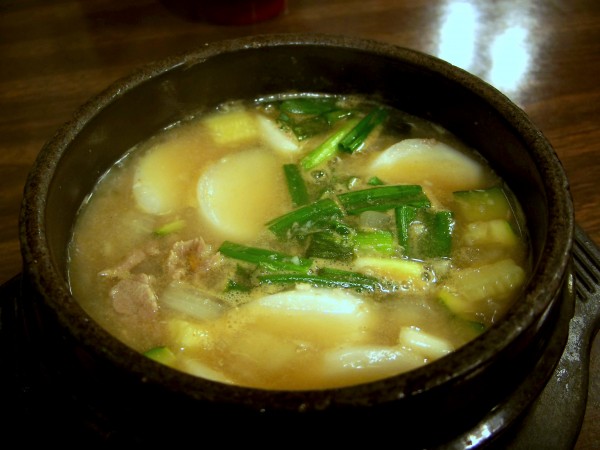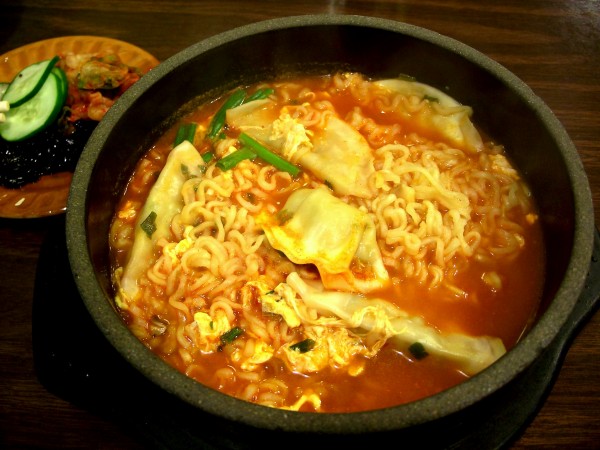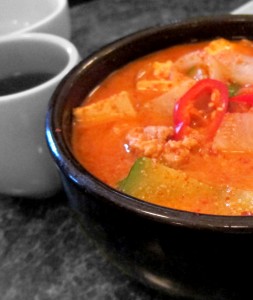
Recently, someone asked me how often I cook, I said not often at all, I spend most of my time at school trying either to speak some foreign language or to tell the computer to understand my version of its language. I cook maybe once a week, very simple stuff, like boiled bok choy. He then questioned the credibility of my taste. “Can you taste as well as someone who cooks a lot?” I believe so. I might not have the knowledge to make the dish or to fix its shortcomings, but fermenting the grapes doesn’t help an oenophile judge his wine. However, that got me thinking about what I would do if I had time to cook. I would like to work in a restaurant kitchen. It’s okay if I have to peel shrimps all day, I simply would like to look and learn from the inside. I’ve even picked out the place I want to work at: To Hyang.
Because I’d like to learn how to make kimchi, soybean paste, pickled bellflower, fried dry anchovies, and maybe infused soju from a Korean lady. Of course there are recipes online, which I tend not to read because they are too precise. But I’ve just heard too many good things about To Hyang, including Chef Im’s selection of various aging sauces, pickles, and garden plants, that I want to infiltrate her kitchen.
